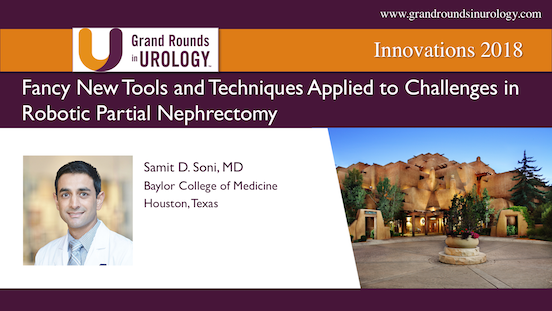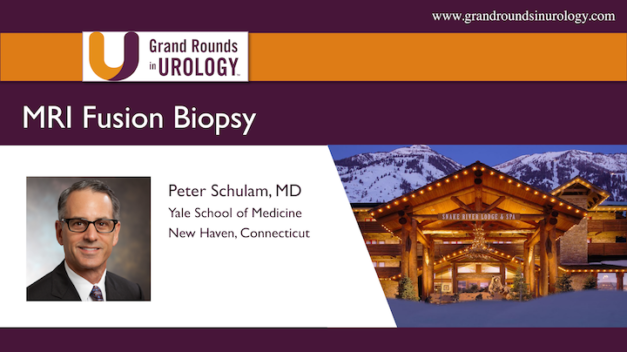Renal Mass and Localized Renal Cancer: Active Surveillance and Follow-up After Intervention
In part 2 of a 2-part series, Steven C. Campbell, MD, PhD, Professor of Surgery, Associate Director of Graduate Medical Education, Program Director and Vice Chair of Urology, and Eric A. Klein Chair for Urologic Oncology and Education at the Cleveland Clinic’s Glickman Urological and Kidney Institute, presents significant 2021 updates to the American Urological Association (AUA) guidelines on localized renal cancer, focusing on active surveillance (AS) and follow-up. Dr. Campbell, who served as Chair of the AUA Guidelines Panel for Management of Localized Kidney Cancer, begins by looking at the major revisions made to the AS guidelines, particularly with regard to specifications on which patients really should be considered for AS, the intensity of surveillance in different settings, and the role of renal mass biopsy. He then considers the revised guidance around follow-up after intervention. Dr. Campbell explains the general principles behind follow-up, highlighting the need to discuss implications of stage, grade, and histology including risks of recurrence and possible sequelae of treatment, as well as the importance of performing periodic imaging, lab studies, and medical histories in patients with treated malignant renal masses. He also covers what to do if surveillance suggests metastases or local recurrence. Dr. Campbell concludes by discussing risk-based protocols and follow-up guidelines based on risk categories and prior treatment.
Read More



